A Brief History of Fonts
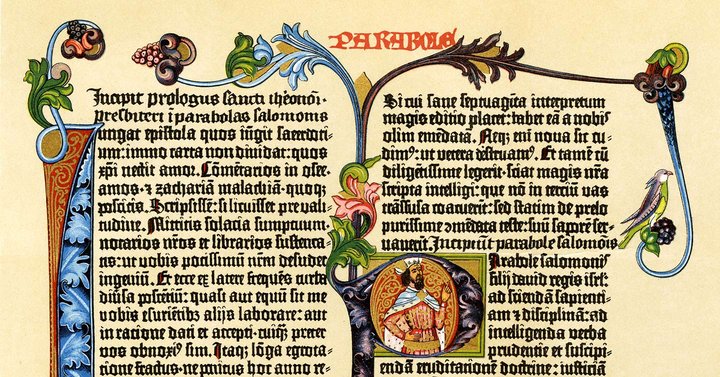
We’re all familiar with what a font is, at least, we think we are. We use them every time we press our fingers on the keyboard, but when and how did they first come into existence? If you’re sitting there daydreaming right now, asking yourself these very questions, then this brief history of fonts is just for you.In addition to the history of fonts, we’ll also reveal why they are a big deal for your own online store.
Before we take a trip back to the past, we need to understand and differentiate some terminology:
What is a font?
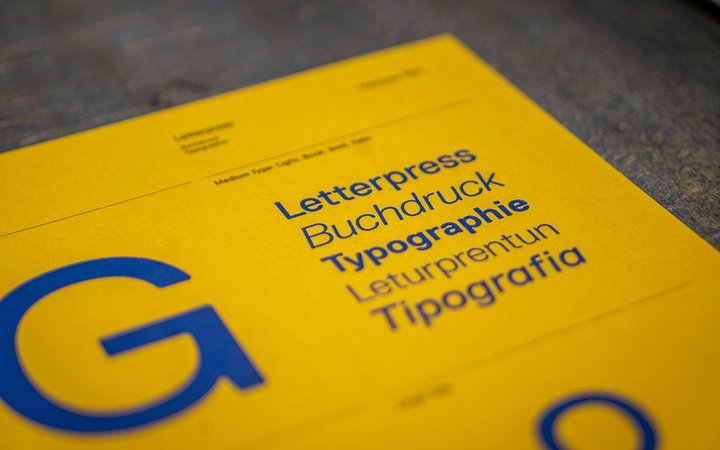
A font is a typesetting—text that is a particular size, weight, and style. In this context, we’re talking physical words. This harks back to those days when analogue printing was all the rage. Since the digital revolution, the word ‘font' has been interchangeable with the word ‘typeface’ but if we’re being pedantic, that term more accurately means ‘font family’—a series of fonts with a similar design. The word ‘font’ comes from the Middle French word ‘fondre’—to melt, from the Latin ‘fundere’—melt, cast, pour out.
What is typography?
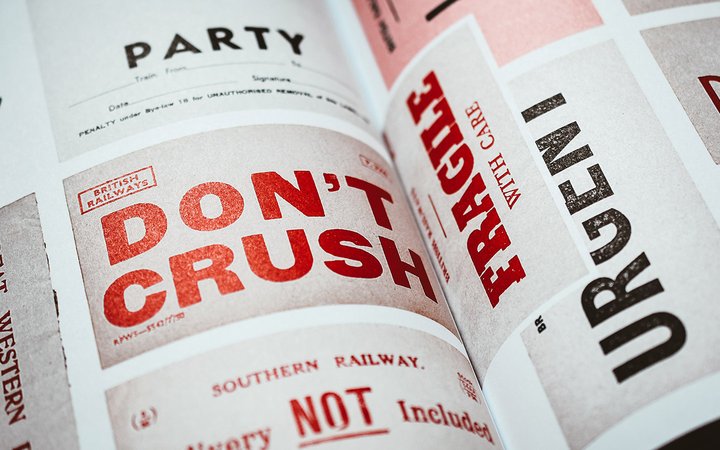
Typography is the arrangement of words and letters (type) into something that’s readable. Not only readable type, but type that’s pleasing to the eye. A typographer would select a typeface (font family) along with size, line length, spacing and letter spacing.
So everything we’re going to cover here comes under the banner of typography. With that being said, let’s strap ourselves into the time machine…
The origins of typography
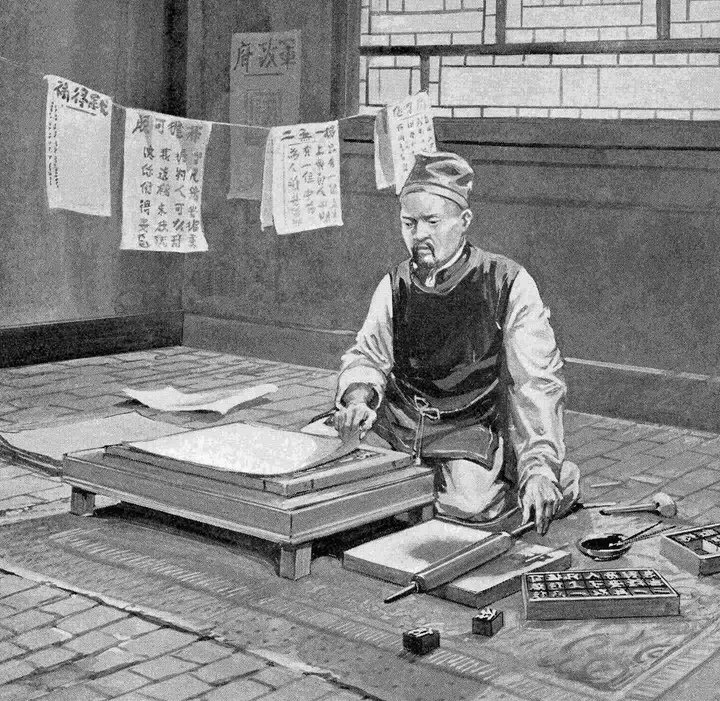
It all started way back in the 11th century—the burgeoning days of printing. Typography began in China during the Song Dynasty. It was invented by a guy called Bi Sheng (990-1051). His lightbulb moment came between 1039 and 1048 when he created his movable type using porcelain. It was later discovered that wood was easier to replace—all you needed to do was quickly carve a new letter or character. Metal movable type was invented around 1230 in Korea during the Goryeo Dynasty. Metal proved to be much more hardwearing than previous materials.
The first printing press
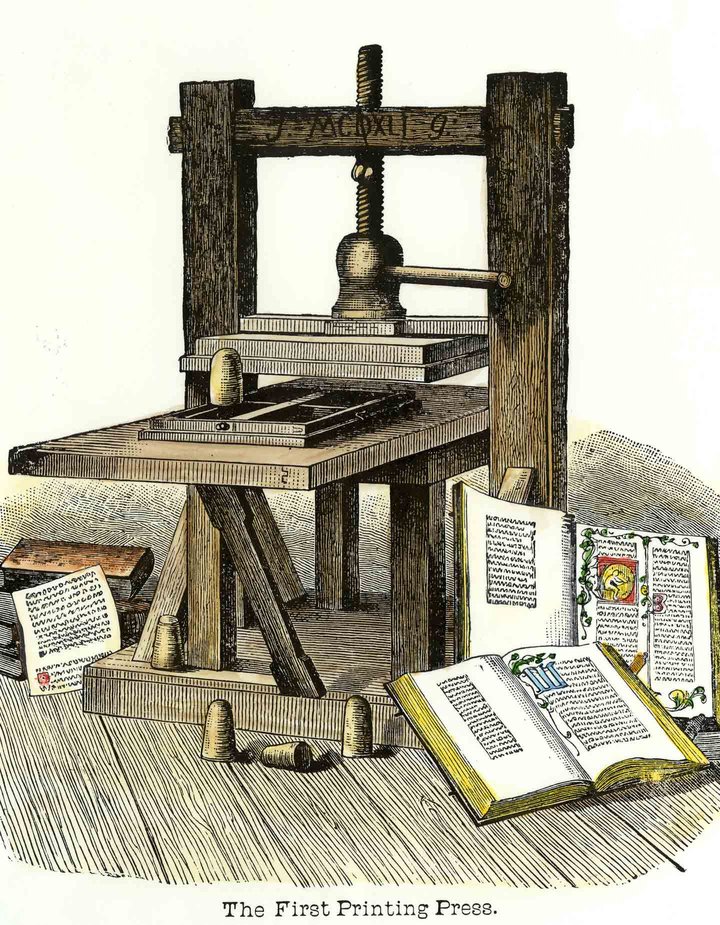
A German goldsmith named Johannes Gutenberg (c.1393-1406-1468) invented the printing press around 1440 (other sources state 1436). His invention was a movable type printing press which kicked off the printing revolution. With this new-fangled press, he could print up to 3,600 pages per day—a shedload more than hand printing, which could only manage a measly forty pages per day. Pretty impressive and although Gutenberg automated and mechanized the process of printing, in Asia, they were using movable type for almost a century prior.
Font family classification
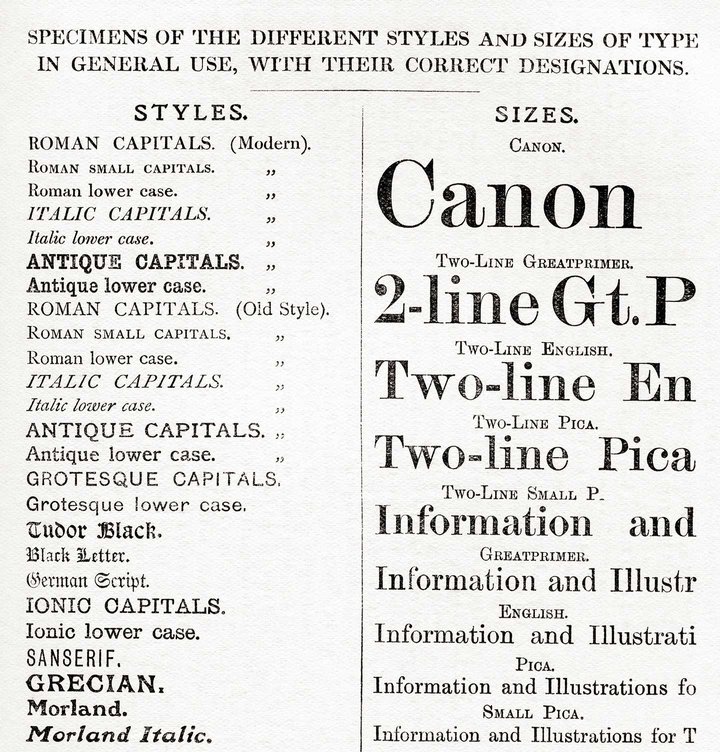
The guy credited with the invention of font classification is the American typeface designer Morris Fuller Benton (1872-1948). He was the chief type designer at the American Type Founders (ATF) from 1900 to 1937. His designs include Franklin Gothic, Alternate Gothic, and News Gothic. In 1954 Maximilien Vox (1894-1974) developed the Vox-ATypl classification. A historical categorization that is still widely regarded as the standard.
Seeking a definitive answer on typeface classification is like trying to read the small print on the optometrist's test board—not easy, but here are seven recognized classifications along with font examples:
- Serif (Times New Roman, Garamond, Baskerville)
- Sans Serif (Arial, Helvetica, Calibri)
- Script (Dancing Script, Parisienne, Lobster)
- Blackletter (Karson Typeface, Portico Diablo, Osgard Pro)
- Display (Brandon Grotesque, Adevale Script, Bourton)
- Monospaced (Courier, Roboto Mono, Inconsolata)
- Symbol/Ornamental (Wingdings, Glyphyx One, Rosette)
What characteristics make up a font?
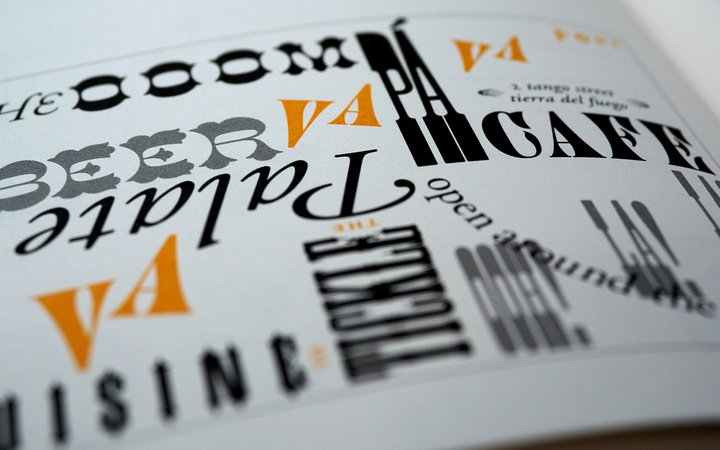
Each font has different attributes—certain features that make them unique.
- Classification: Script, Serif, Display, etc.
- Letter shape: geometric or condensed
- Mood: formal or casual
- Suitability: headline or main body text
- Weight: bold or thin
- Style: regular or italic
What is the oldest font?
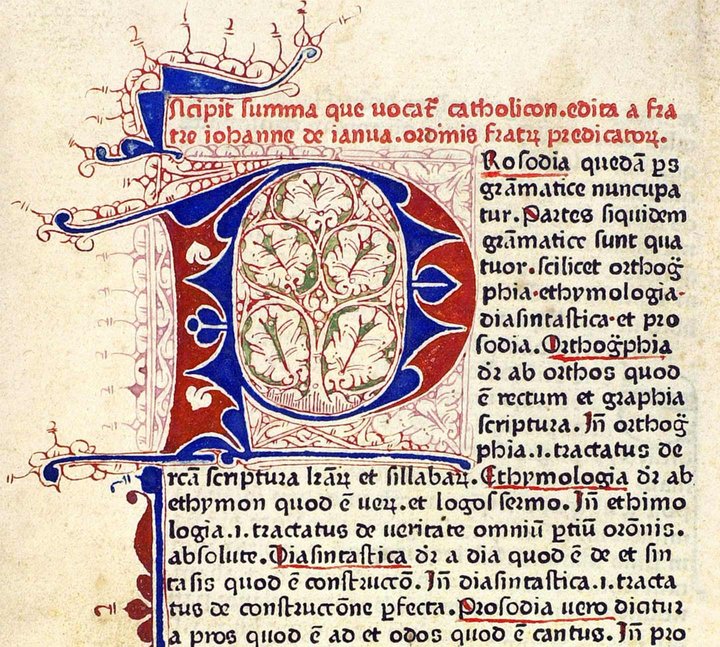
Let’s skip back to Johannes Gutenberg for a moment. Not satisfied with inventing the first printing press, he had to go develop the first font as well. It was a blackletter variety resembling calligraphy. The French engineer, Nicholas Jenson (c.1420-1480) developed one of the earliest Roman typefaces in 1470. Jenson spent most of his time in Italy and, like Johannes, was a printing pioneer. He helped to establish Venice as one of the great centers of printing.
What is the most popular font?
Helvetica (formerly known as Neue Haas Grotesk) is currently the most popular font. Its clear crisp lines make it easy and accessible to read. Its typeface—font family comprises 22 fonts. It was designed by the Swiss typeface designer, Max Miedinger (1910-1980).
Font licensing

The 1980s weren’t just about big hair and shoulder pads. It was also the era of desktop publishing. Those old-timey ways of physical typesetting were long gone—fonts and their families had now become software products. And with this new digital technology came the need for licensing. If you want a font for commercial use, you have to acquire the right permission. Through licensing, the owner of the font can allow multiple uses of their designs.
Fonts and branding

If you use a computer to create documents, chances are you’ve used popular fonts like Arial or Calibri. These are okay for simple tasks, but if you’re a graphic designer or a business owner, you’ll know how important typefaces really are.
There’s no doubt about it; fonts can help set the tone of your brand. For example, if you were flogging gravestones, you probably wouldn’t choose to write your business copy in Comic Sans—it immediately screams children’s bake sale. So when you’re writing content for your online store, be mindful of the fonts you choose. They will give your customers a feeling and you absolutely want it to be the right feeling.
It’s never just words that convey a message. Just like images, your font style is saying something. All of these things are part of your brand story. And you want it to be a cohesive and consistent blend throughout all your content and marketing material.
The invoices you send are also a part of that story. Sufio can now offer you access to professional font foundries like Google Fonts.
With over 1,500 fonts for your Shopify invoice, it’s easy to find the right choice for you. Try the 14-day free trial today and let us help you build a more recognizable brand for your store.
Professional invoices for Shopify stores
Let Sufio automatically create and send beautiful invoices for every order in your store.
Install Sufio - Automatic Invoices from the Shopify App Store